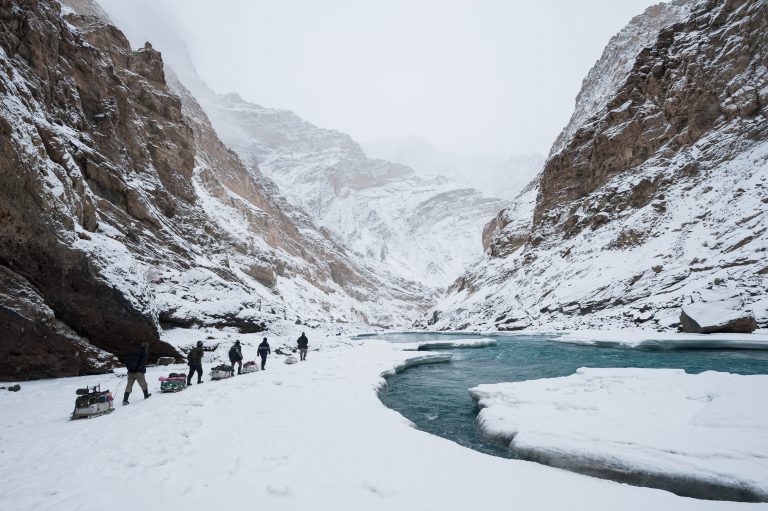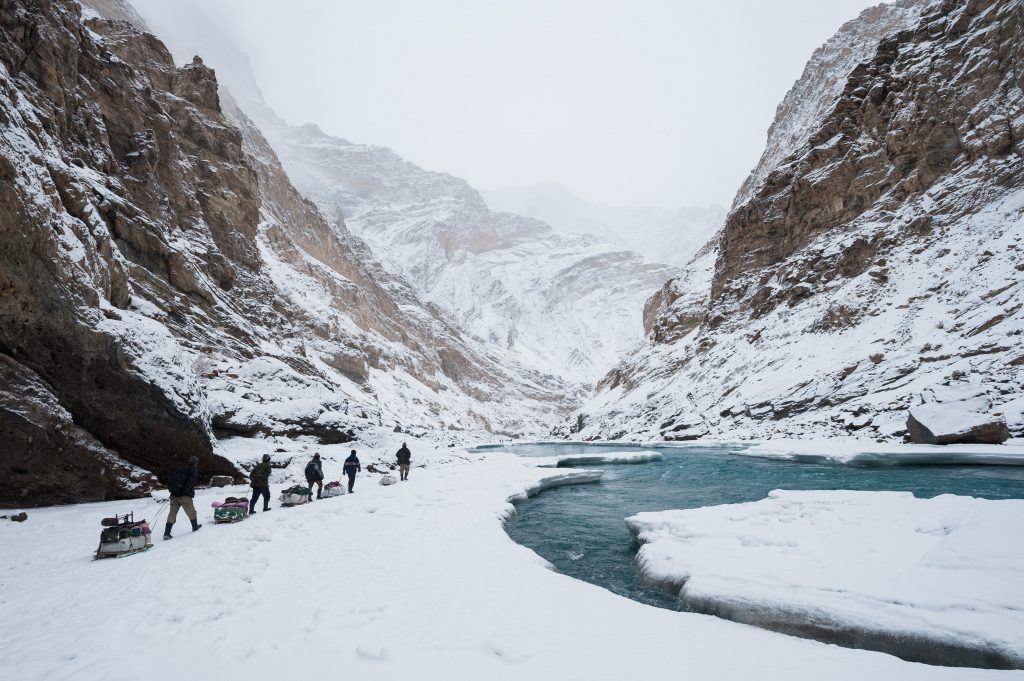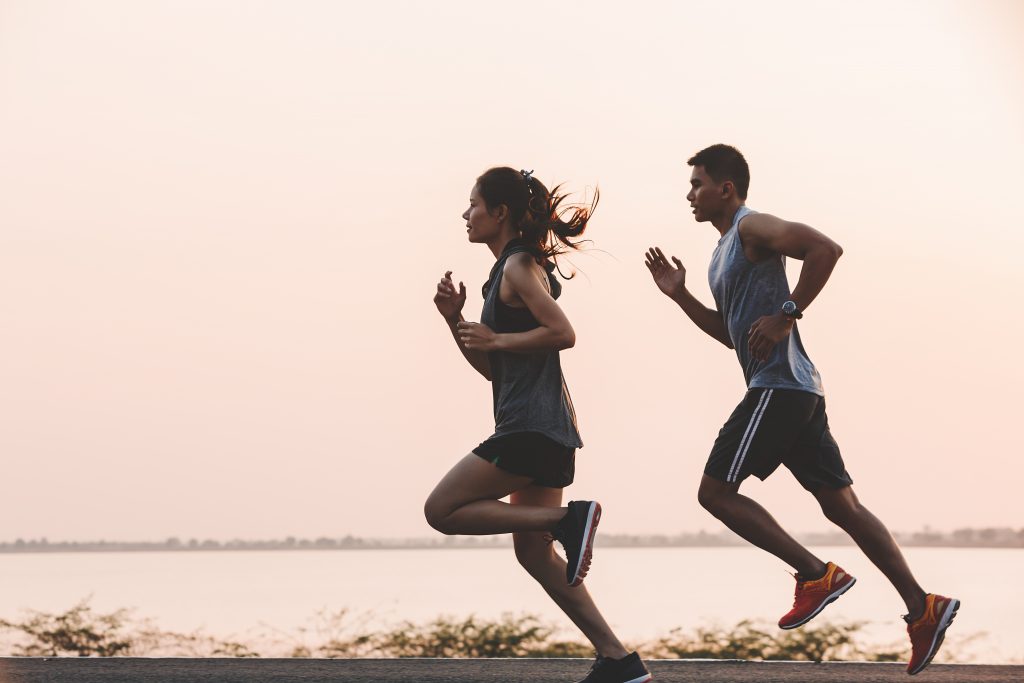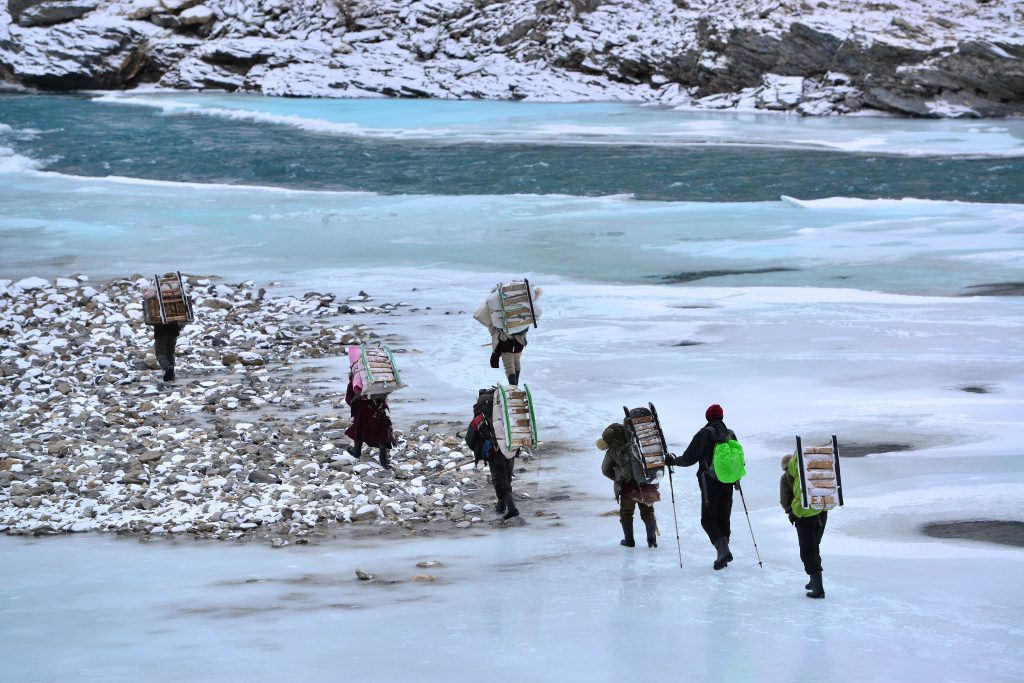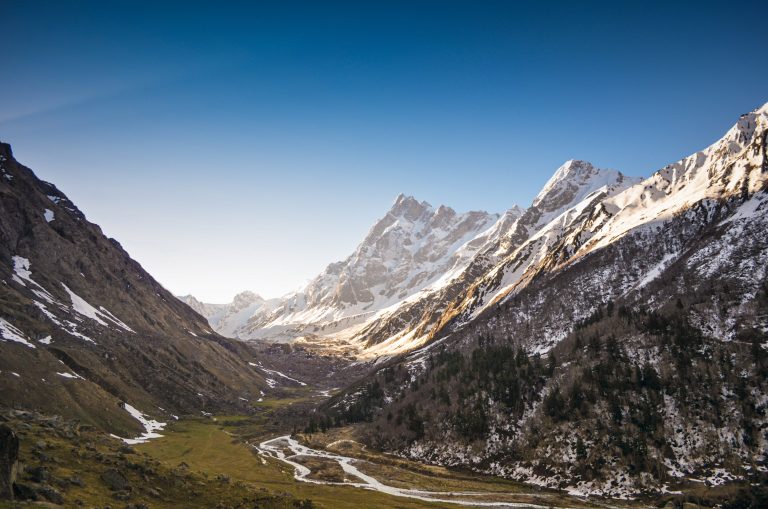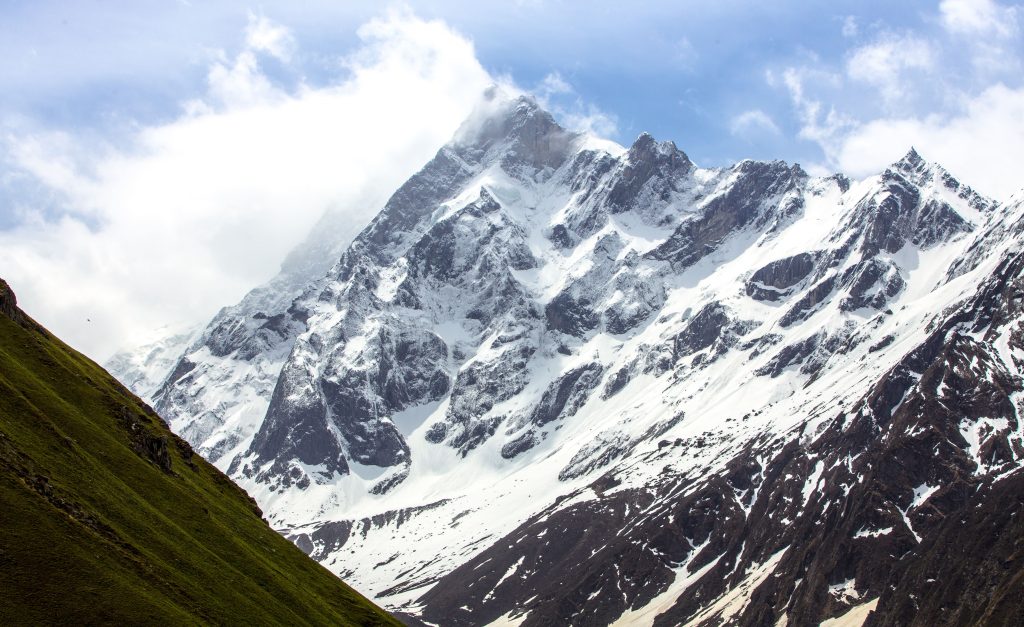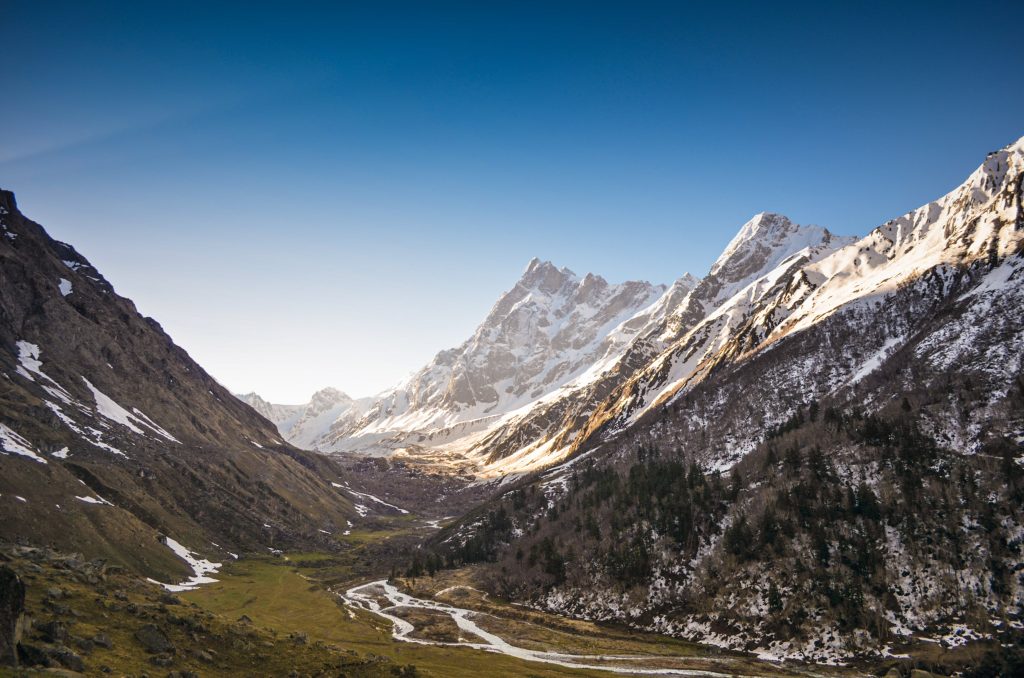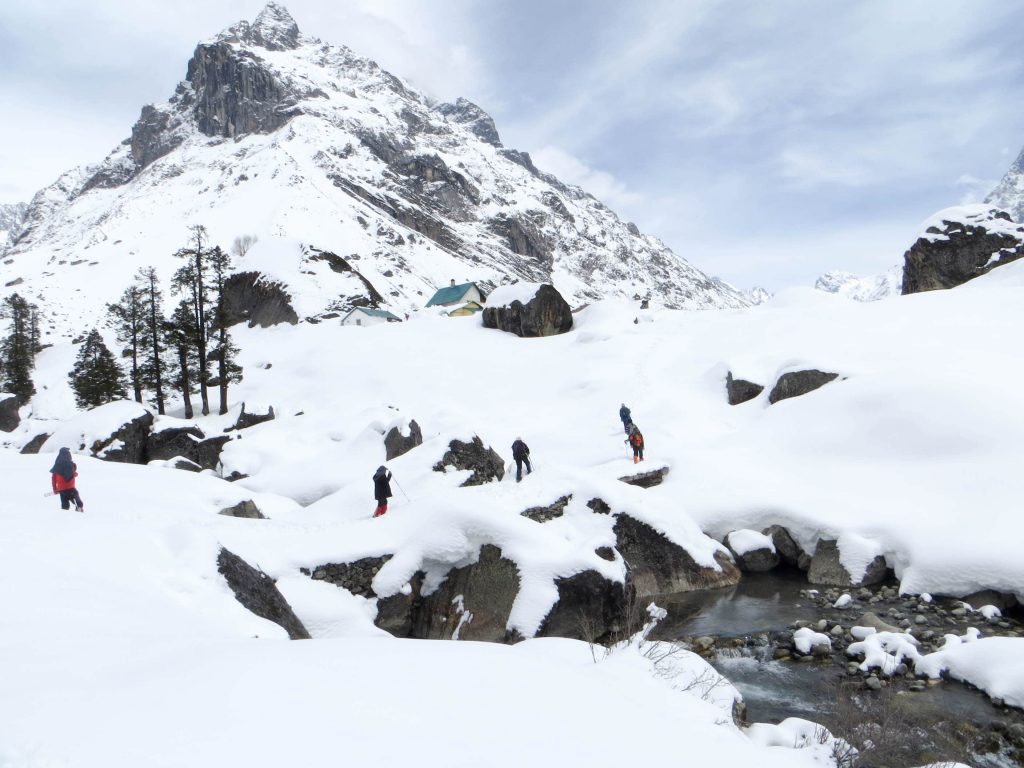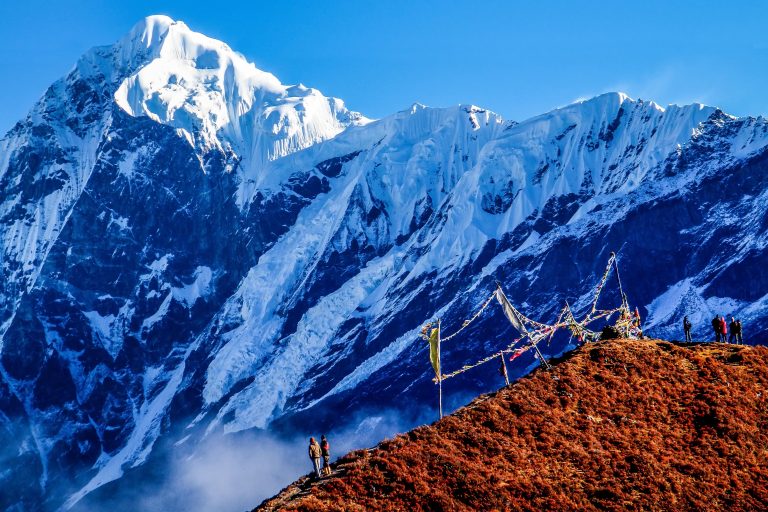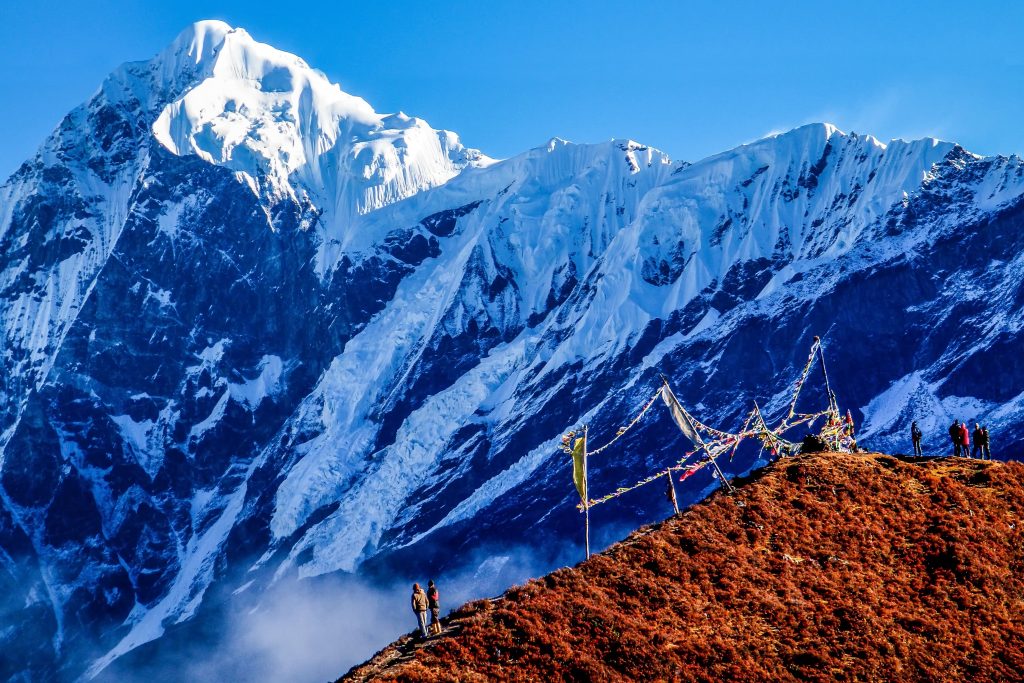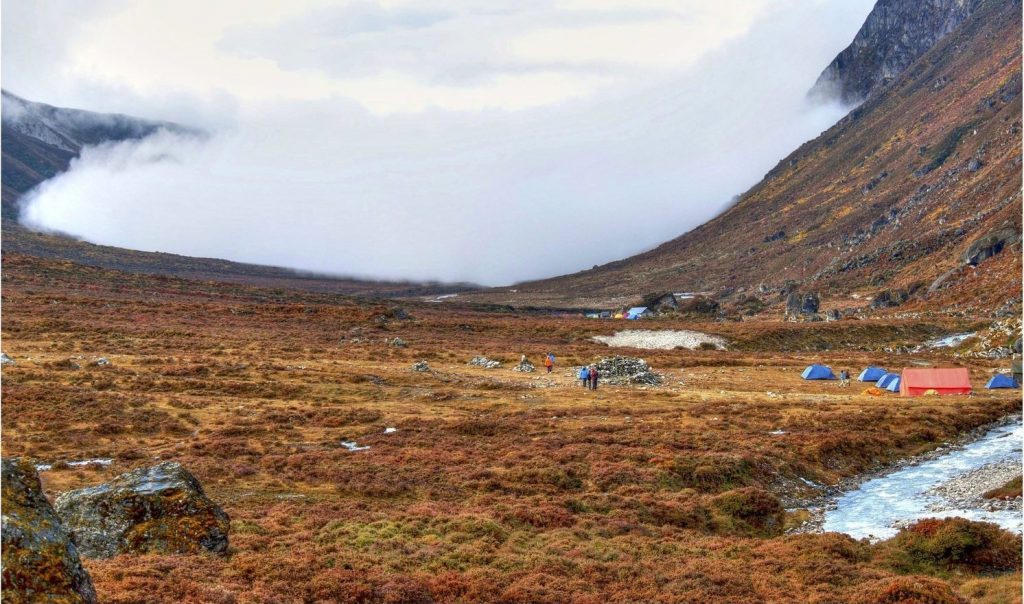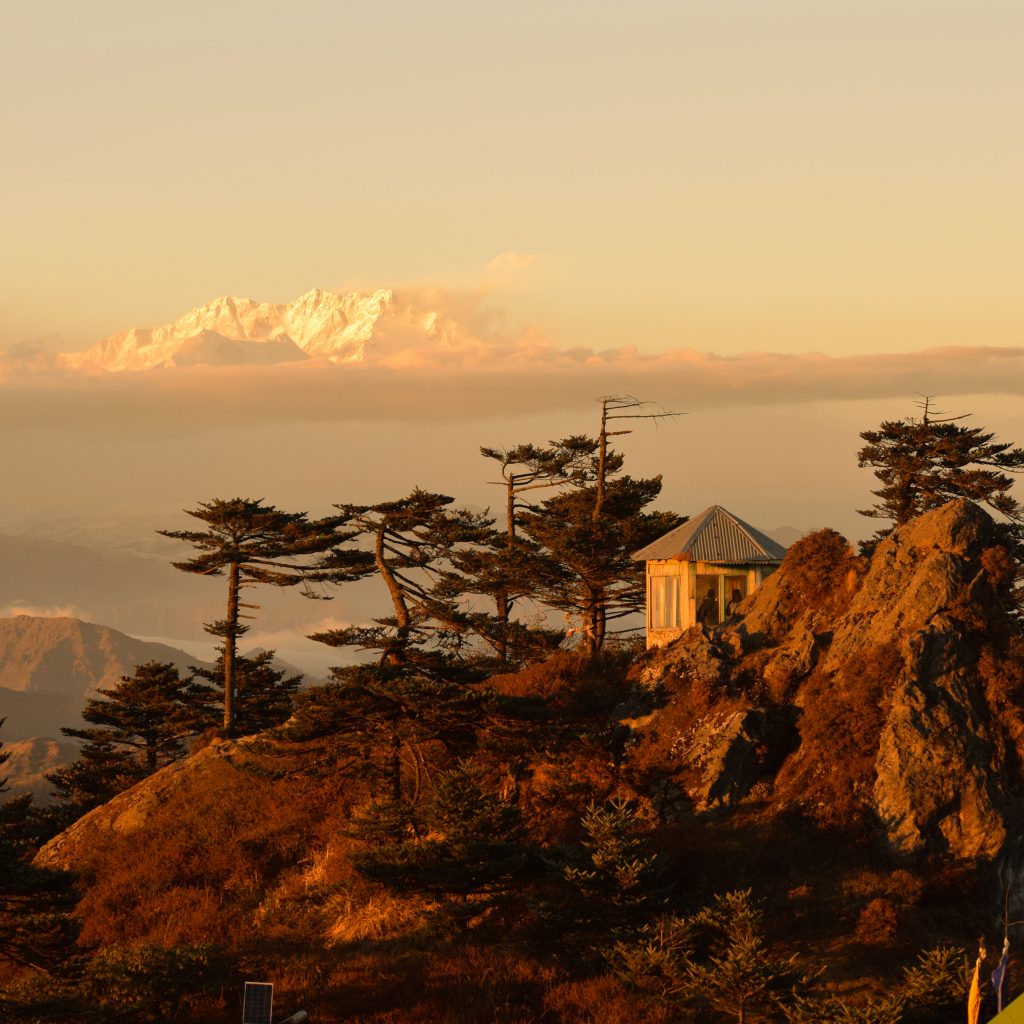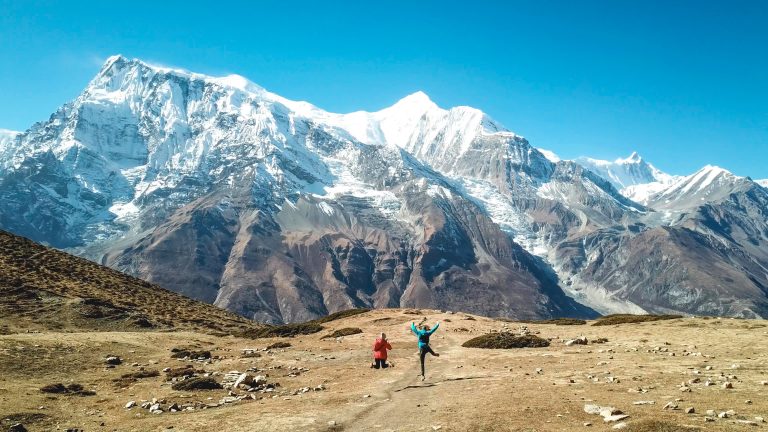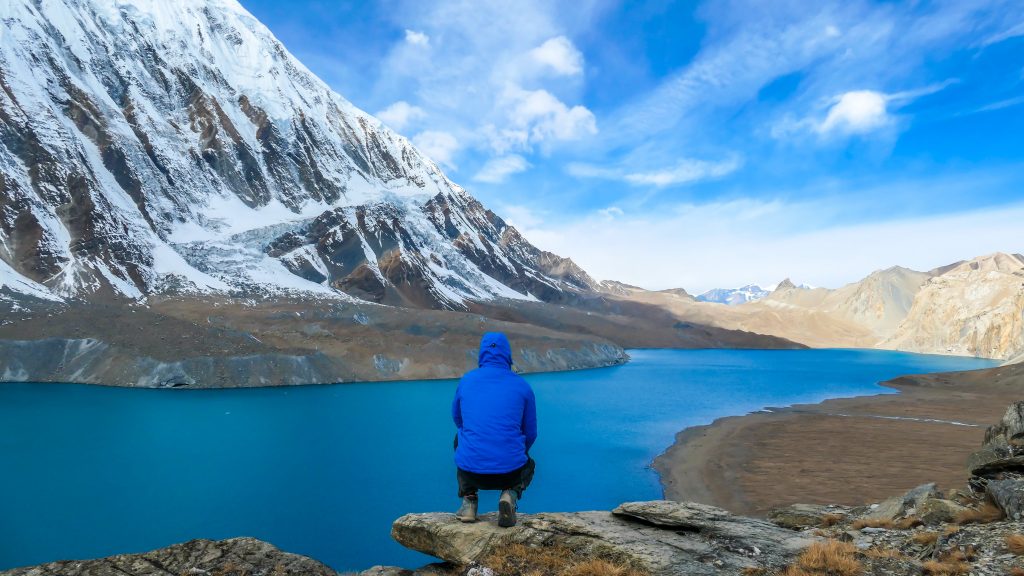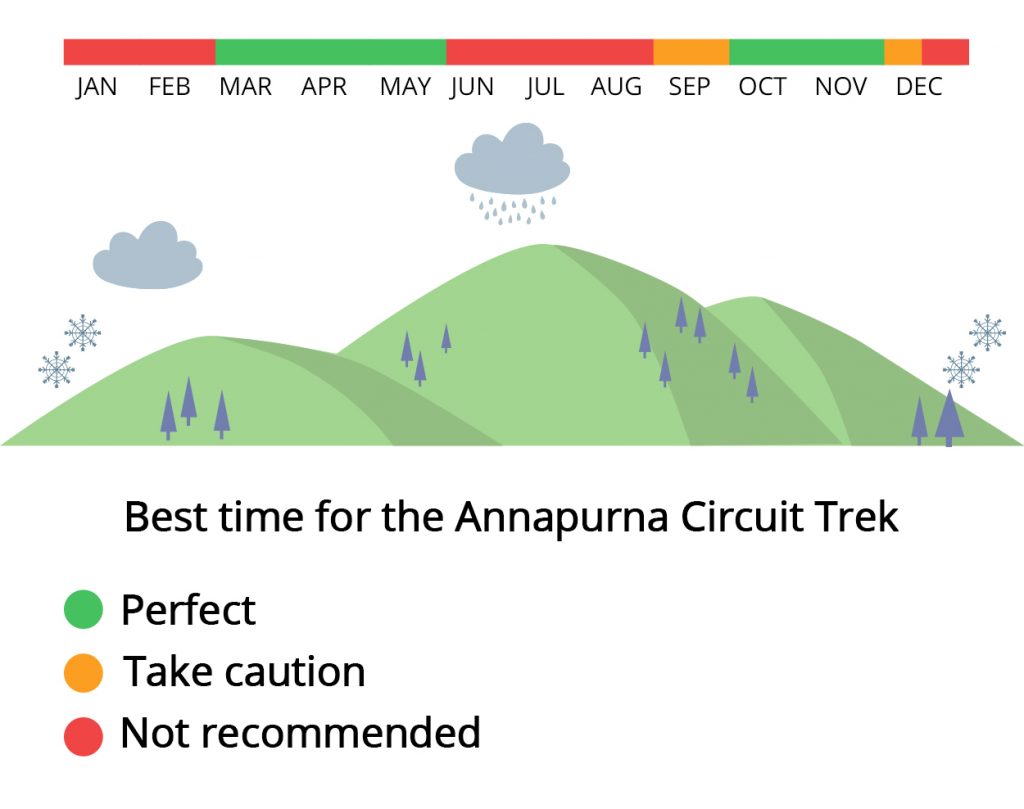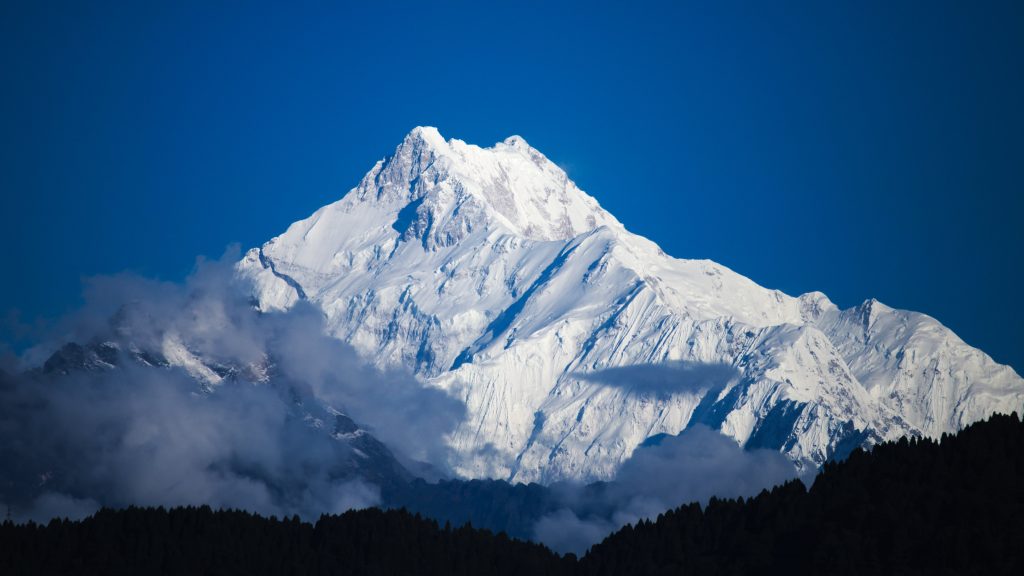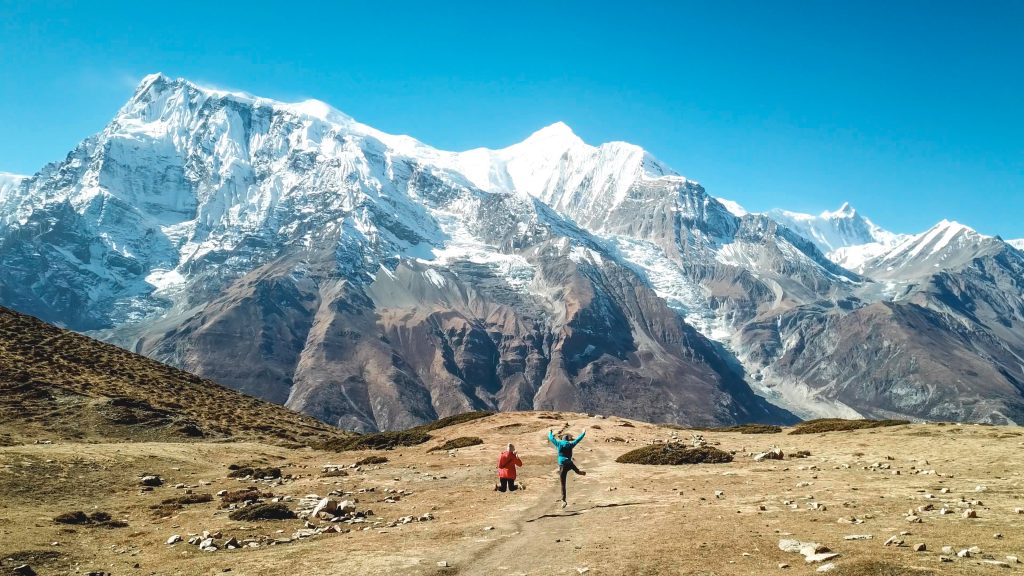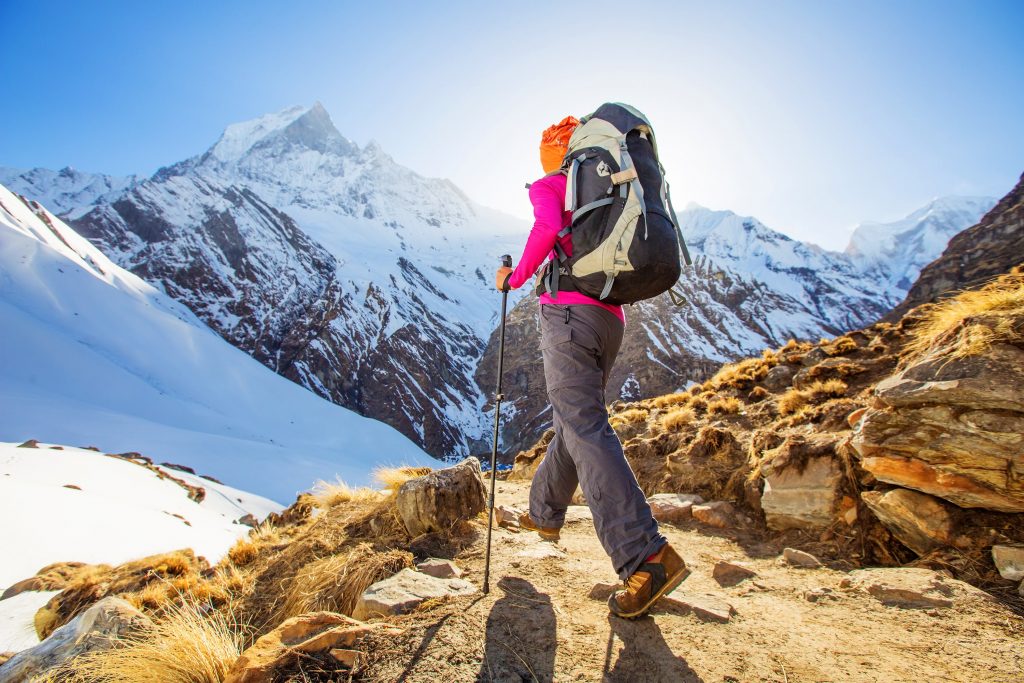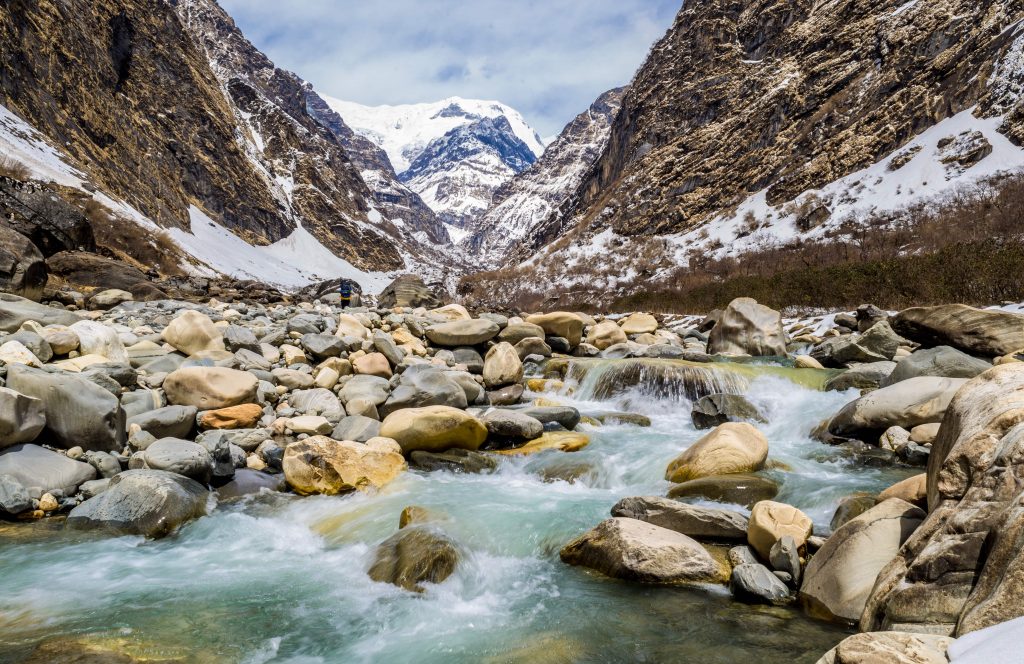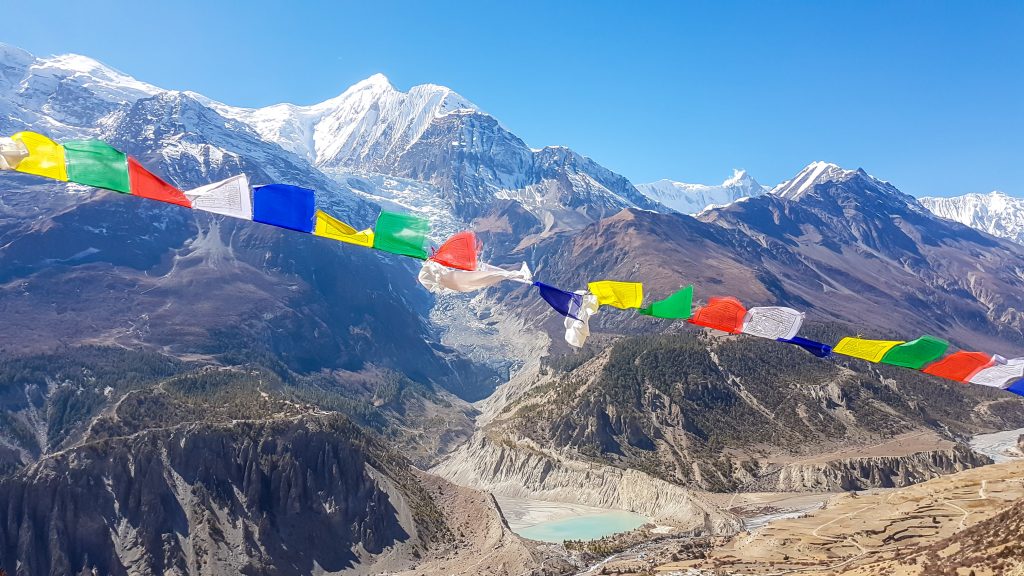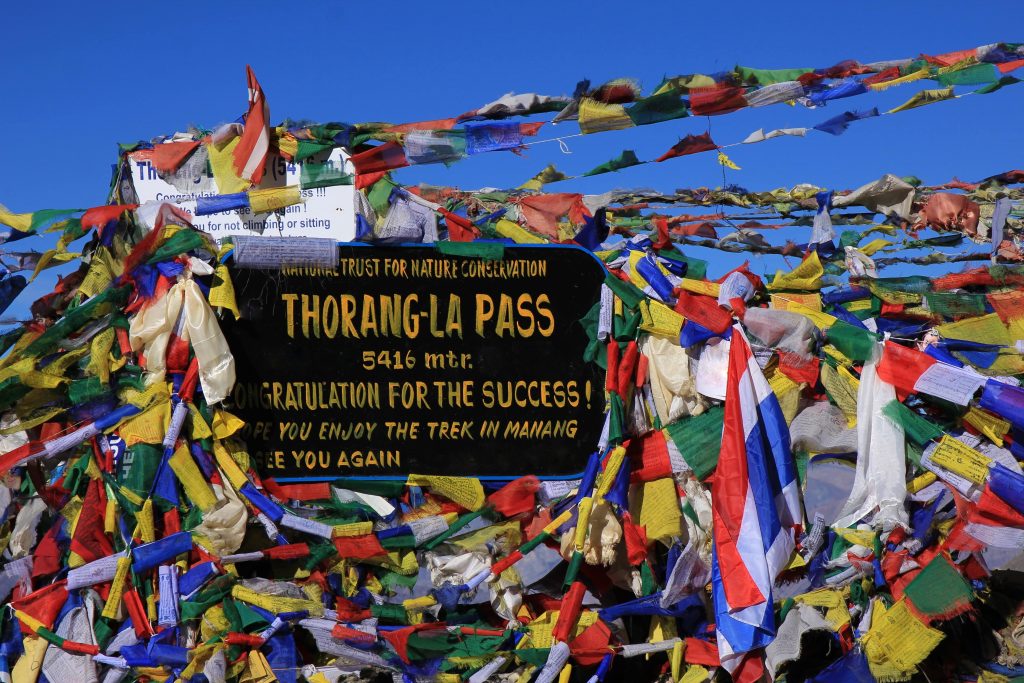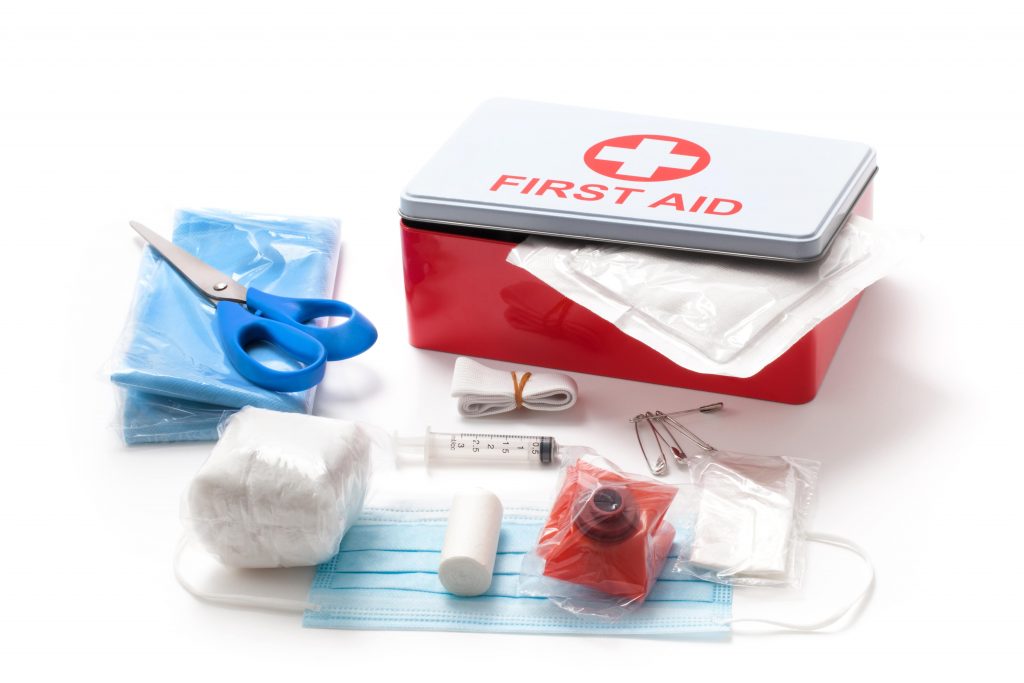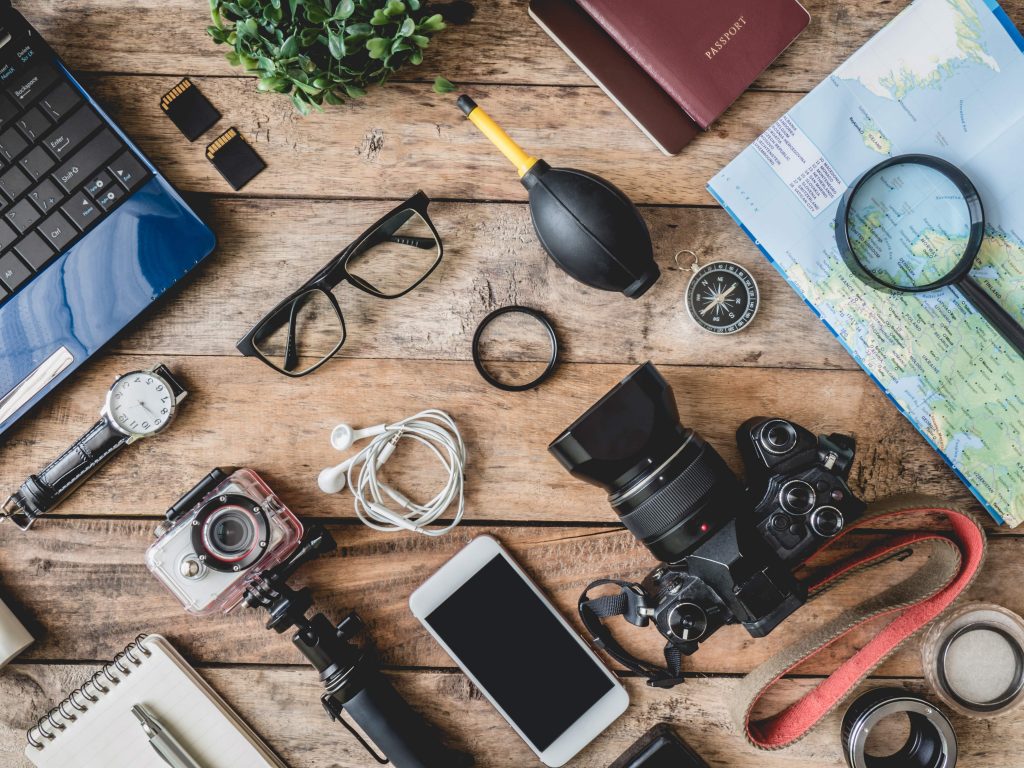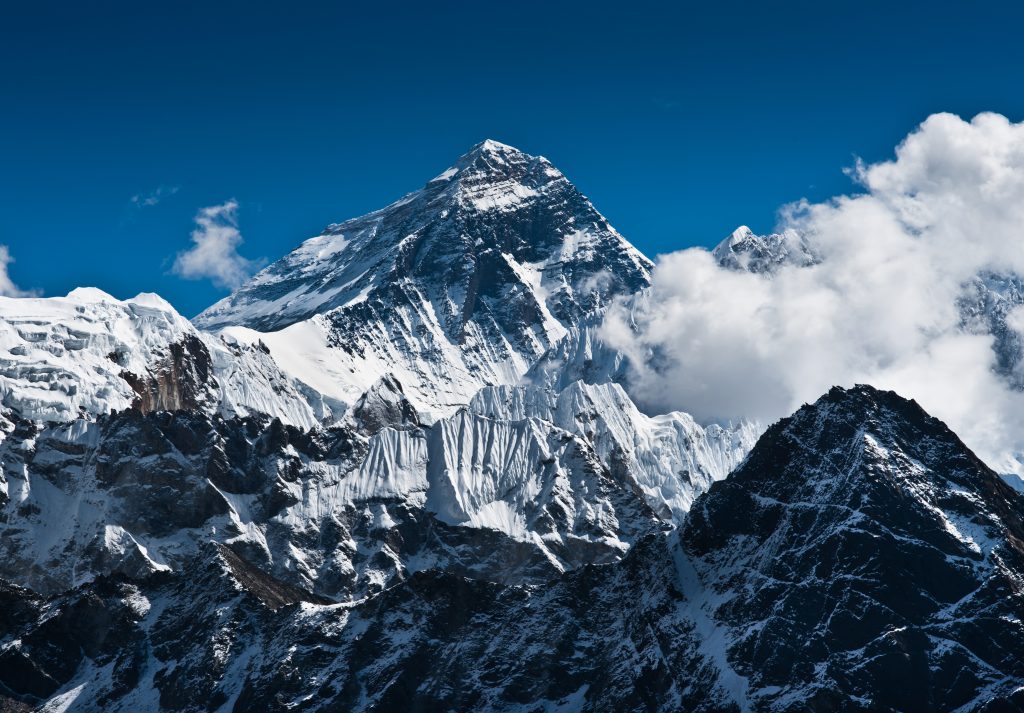Let’s talk about the River Zanskar in Chadar Trek. Zanskar means white copper, which originates in the Indus Valley Civilisation. The first major tributary of the River Indus, the Zanskar, is more or less equal and, in some places, has heavier flow than the Indus. This river is an attraction for most tourists because it has enough flow for rafting in the summers and makes for the perfect frozen ground for trekking in winter.
The Chadar trek is essentially a trek over the frozen Zanskar river. A thin sheet of ice nestled in the high-rising snow-covered passes; the Chadar trek is challenging to undertake. This trek for people like us is a daily route for the locals since all the passes close during winter.
Having set the base, if you are someone who has always dreamt of walking on water, this is the trek to take! And so, to add further fire to this enthusiasm, we are sharing with you ten fascinating facts about the Chadar trek!!
Ten fascinating facts about the Chadar trek:
1. Chadar trek is the most challenging trek in India, and hence one needs to have excellent health, a robust mental setup, and the ability to follow instructions strictly. You see, this trek involves you walking on a thin sheet of ice, so you need to come prepared accordingly. There are many casualties on this trek every year. To complete your trek safely, we suggest you respect nature and obey everything that your trek leader tells you.

2. The Chadar trek route is a 1000-year-old path. Also known as Khado Sanglam in the local dialect, this one was a trade route between the Zanskar and Ladakh regions.
3. The Chadar trek is probably the only winter trek done in January and February. This is because the frozen layer gets thickened around this time only; hence, despite the extremely sub-zero temperatures, this trek becomes a safe bet.

4. The trek is 105 km long and given the terrain (and the literal sheet of ice), a lot of logistical planning is required too. The trekkers walk 10-15km daily and gains an average altitude of 3,657 m (12,000 ft) to 3,962 m (13,000 ft) overall. However, with TrekNomads you will be covering a distance of 60+ kms.
5. Contrary to the usual trekking expectations, the Chadar trek is a more or less flat trek. At times, when the ice layer breaks, one has to trek through the bank of the river (which may be a steep mountain climb). This may become tricky and tough.

6. The temperatures on the trek can go as low as -5 to -15 degrees (during the day) and -15 to -25 degrees (during the night).
7. The trek can get really surprising. For instance, there can be a sudden slippery sheet of ice, a stay in the caves may be required when the weather gets bad suddenly, and much more. Though they may sound difficult, all of these make this trek the most unique walk in the world.
8. The extremely low temperatures result in batteries of your mobile and cameras losing their charge. Hence, ensure you have enough backup or enjoy the scenery and keep the charging of your phone intact, incase of an emergency.
9. The Chadar trek is also home to some rare sights, the biggest being the snow leopard which you may see if you are lucky. It is also possible that the leopard would be around, but thanks to its extreme camouflage, you may miss it! PS: They won’t come close to you, and neither should you wander around randomly because it is, at the end of the day, a leopard! If you are lucky enough, you may also spot some more exotic animals like blue sheep and ibex in the frozen surroundings.


10. The amazing frozen Nerak Waterfall will be one scenery that will leave you super amazed. Make sure you click pictures here!
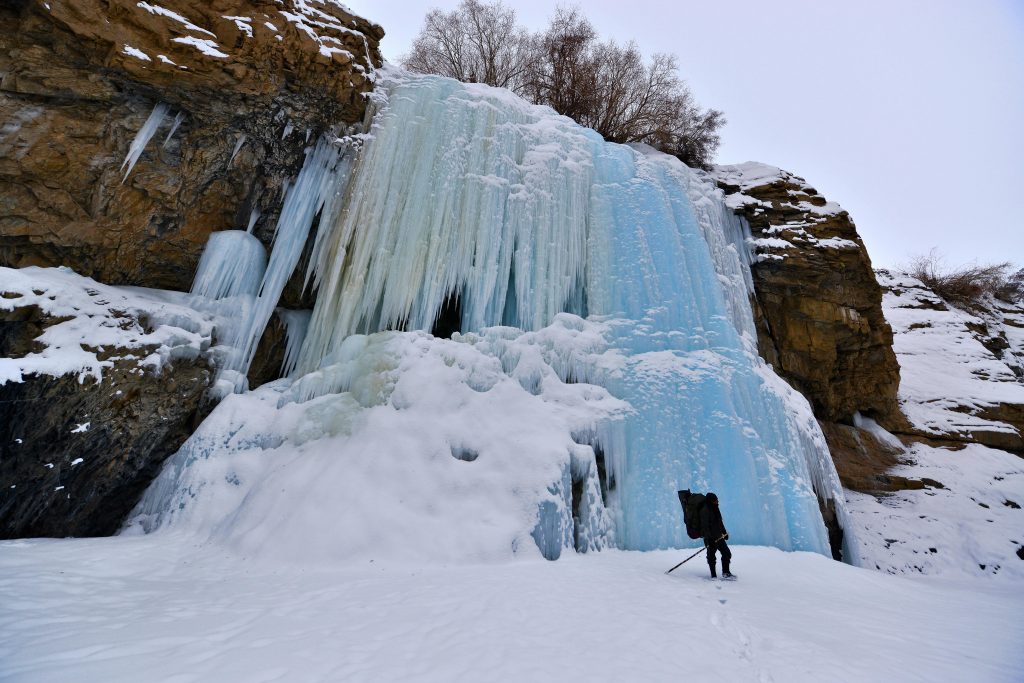
The Chadar trek will give you so many tales to tell, and you will enjoy every bit of it. As someone who operates innumerable treks on the route, we know how every bit of the trek is worth it. However, a new road is under construction from Chilling to Padum. Once the road is completed, the trek will lose its charm because of the urbanization that may come along.
TrekNomads will still be there to ensure you have an unforgettable experience on this trek and others.
So, Nomads, that is all for this blog. But, we will be coming up with more blogs on the Chadar trek, so stay tuned!
Why you should trek with TrekNomads!
- 5 days of lifetime experience trekking on a frozen river
- 4 Nights accommodation with dinner and breakfast at a premium hotel in Leh
- 4 nights premium camping experience with all meals during the trek
- See the confluence of Zanskar and Indus Rivers
- Airport pickup and drop
- Personalised dri-fit tshirts and goodies
- End-to-end experience.
You don’t have to worry about anything once you meet us in Leh 🙂
Useful blogs:
Chadar Trek 2021 | Your Guide to Trekking the Frozen River in Zanskar
Chadar Frozen River trek | Getting fit for the Chadar trek
How Running Can Help You Trek Better

